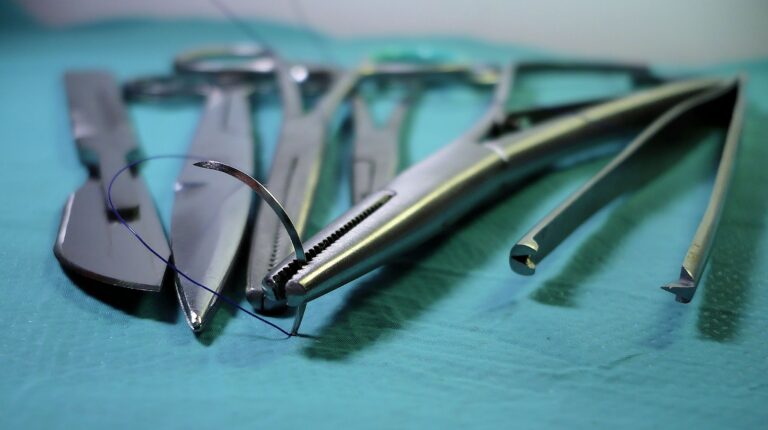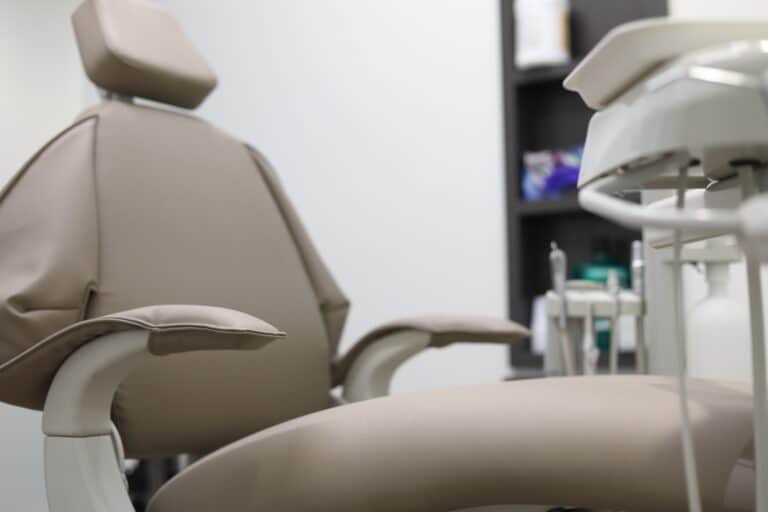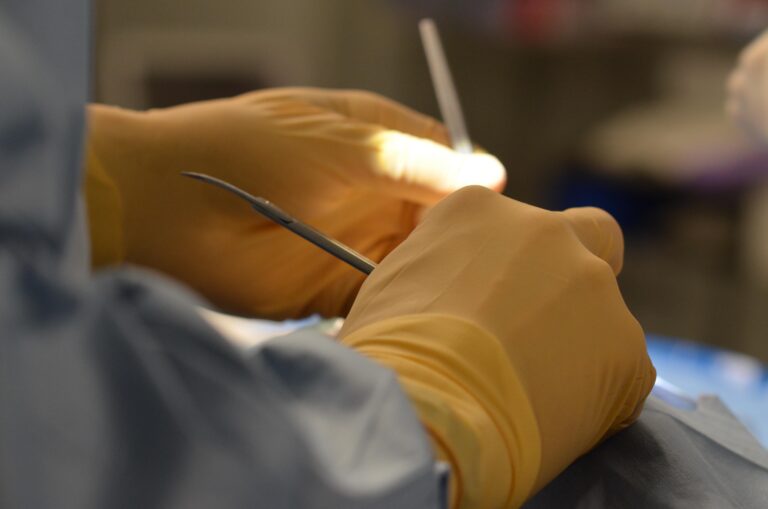Symptoms and Concerns About Lipomas
Lipomas typically present as:
Soft, doughy lumps
Lipomas feel soft and can often be moved slightly under the skin. They are typically small, but in some cases, they can grow larger.
Painless growths
Most lipomas are painless, although they can cause discomfort if located near a nerve or joint, or if they grow large enough to press on surrounding tissues.
Slow-growing lumps
Lipomas grow slowly over time, often remaining the same size for years. They are most commonly found on the neck, shoulders, arms, back, abdomen, or thighs.
What is a Lipoma?
A lipoma is a slow-growing, benign fatty lump that forms just beneath the skin. Lipomas are usually soft, movable, and painless, although some people may find them uncomfortable or unsightly. While lipomas are harmless and non-cancerous, they can be removed for cosmetic reasons or if they cause discomfort due to their size or location.
Enquire Now About Small Lipoma Removal
Causes of Lipomas
The exact cause of lipomas is not well understood, but certain factors may increase the likelihood of developing them:
Genetics
Lipomas can run in families, indicating a hereditary predisposition to developing these fatty lumps.Age
Lipomas are most common in adults between the ages of 40 and 60, although they can occur at any age.Injuries
In some cases, a lipoma may develop after an injury, though this is rare.





Our Lipoma Removal Service
At Hoveton Clinic, we provide expert removal of small lipomas. Whether for cosmetic reasons or to alleviate discomfort, our skilled team ensures that the procedure is safe, effective, and minimally invasive.
Lipoma Removal Procedures
We offer the following options for lipoma removal:
-
Surgical excision
This is the most common method for removing a lipoma. The lipoma is carefully excised from beneath the skin, and the area is closed with sutures. This method is effective in completely removing the lipoma and preventing regrowth.
Contact Us
To learn more about our services or to schedule an appointment, contact Surgicentre in Hoveton, Norwich today. Our friendly staff will be happy to assist you in finding the right treatment to restore your smile.
Lipoma removal is safe for most individuals. However, inform us if you have:
Bleeding disorders
If you have conditions that affect your blood clotting, special precautions may be needed during the procedure.Infection at the site
If the skin over the lipoma is infected, treatment may need to be postponed until the infection is cleared.Allergies to local anaesthesia
The procedure usually involves local anaesthesia. Please inform us if you have any known allergies.
1. What causes a lipoma?
Lipomas are usually caused by an overgrowth of fat cells. While the exact cause is unknown, genetics may play a role as lipomas often run in families. Some individuals may also develop lipomas after an injury, though this is rare.
2. Is lipoma removal painful?
Lipoma removal is typically performed under local anaesthesia, so you won’t feel pain during the procedure. You may experience mild discomfort after the procedure, but this can usually be managed with over-the-counter pain relief.
3. How long does it take to recover from lipoma removal?
Most people recover within a few days to a week, depending on the size and location of the lipoma. You may need to avoid strenuous activities for a short period to allow the area to heal fully.
4. Will the lipoma grow back after removal?
Once a lipoma is completely removed through excision, it is unlikely to grow back. However, new lipomas can develop in other areas of the body over time.
5. Can a lipoma be cancerous?
Lipomas are benign and not cancerous. However, if a lump grows quickly, becomes painful, or changes in texture, it’s important to have it checked by a healthcare professional to rule out other conditions.
6. Is lipoma removal covered by health insurance?
Lipoma removal may be covered by insurance if it is deemed medically necessary, such as if the lipoma causes pain or limits movement. Cosmetic lipoma removal may not be covered. We recommend checking with your insurance provider.
7. How large does a lipoma need to be before it can be removed?
Lipomas of any size can be removed if they cause discomfort or are a cosmetic concern. Small lipomas can be easily excised through a minor procedure, while larger lipomas may require a more involved process.
8. How can I tell if I have a lipoma?
Lipomas feel like soft, movable lumps just beneath the skin. They are usually painless and slow-growing. If you notice a lump that is growing rapidly or causing discomfort, it’s best to have it evaluated by a healthcare professional.
9. Is liposuction an option for lipoma removal?
Liposuction can be used for certain types of lipomas, particularly those that are soft and not fibrous. During your consultation, we will discuss whether liposuction is an appropriate option for your lipoma.
10. What should I expect after lipoma removal?
After lipoma removal, you can expect mild swelling, bruising, or discomfort around the treatment site. We’ll provide detailed aftercare instructions to ensure proper healing and minimize scarring.
